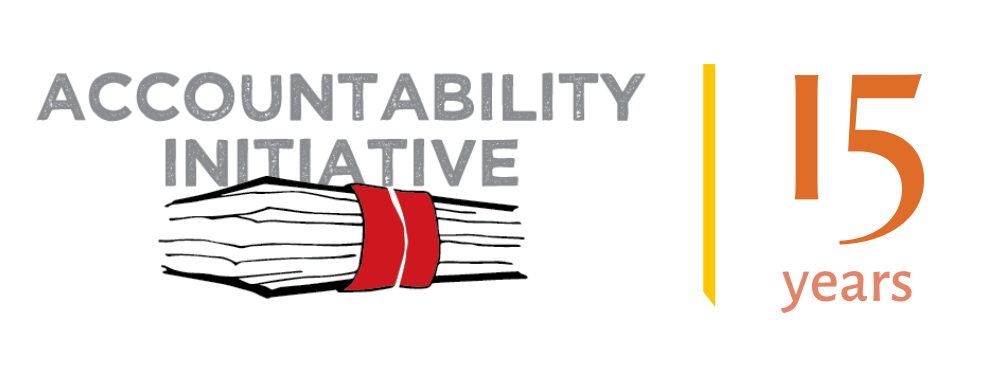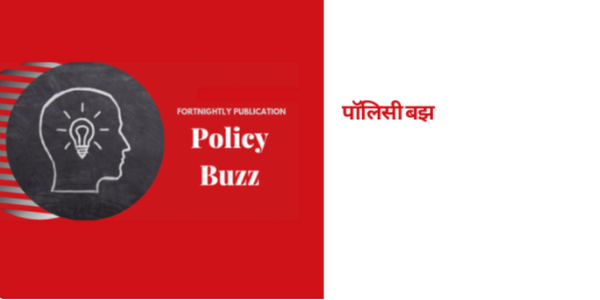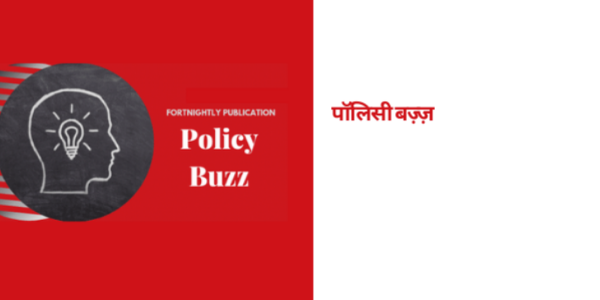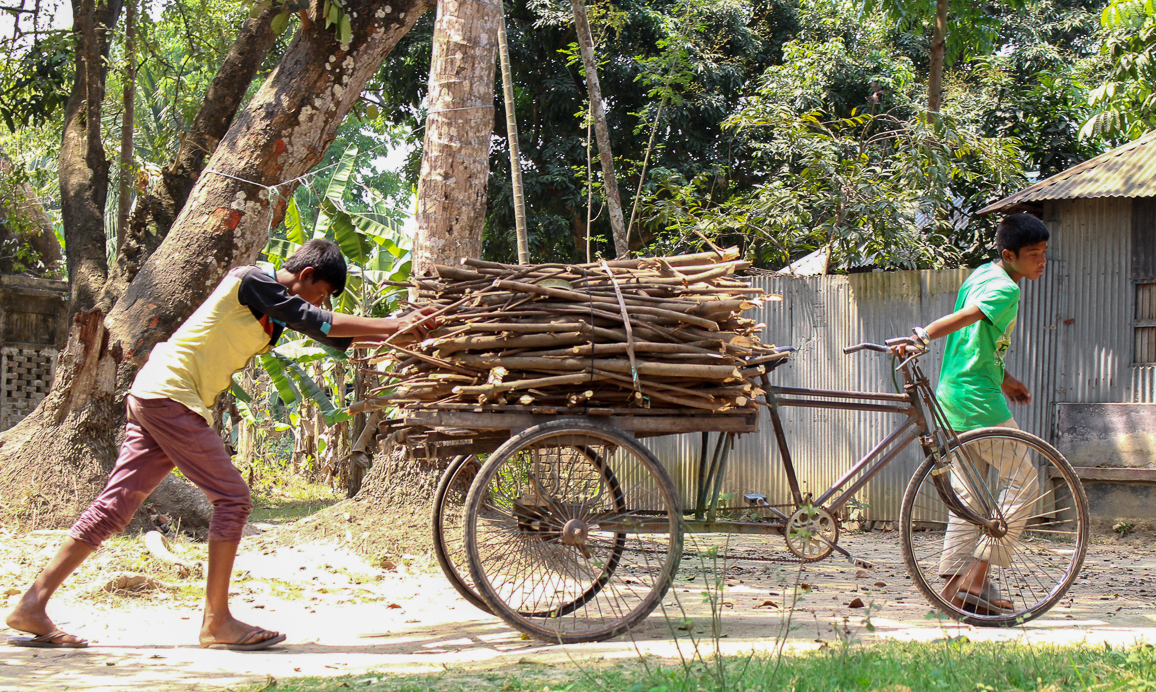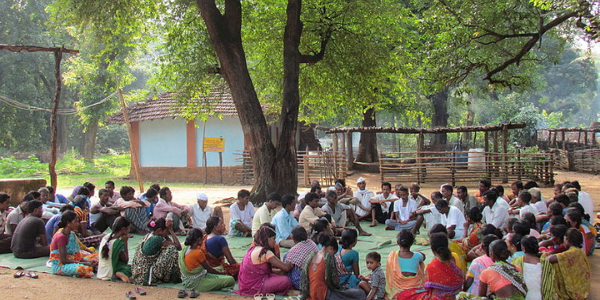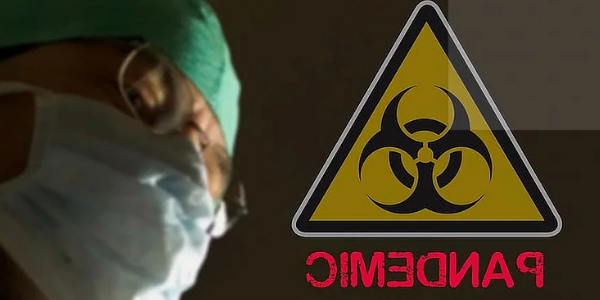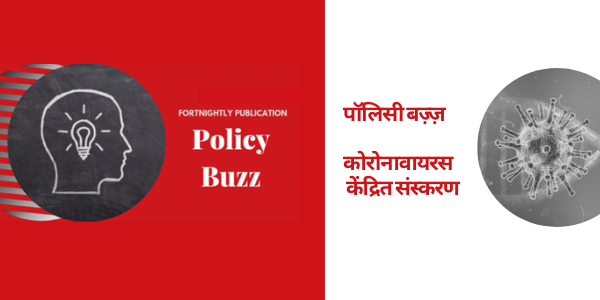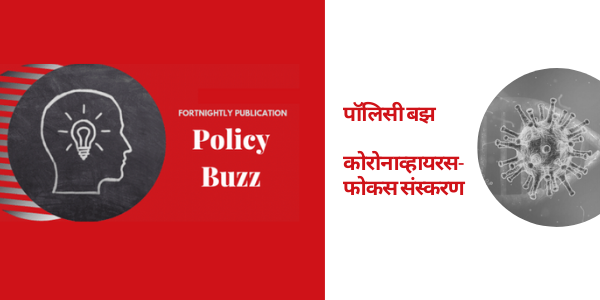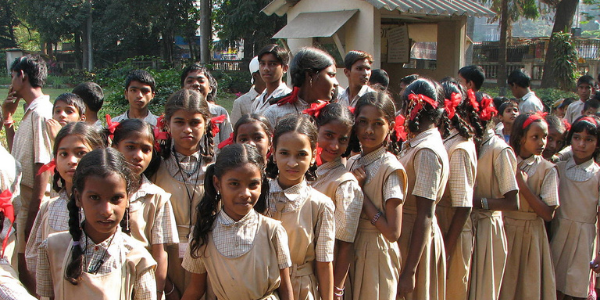In the wake of the COVID-19 pandemic, numerous children from poor migrant families across the country were forced to drop out of school and move back with their parents to their places of origin. Bihar was one of the top two states which received the highest number of returning migrants[1]. The Bihar government responded with a state-wide drive in July to enroll the migrant children back into schools. At the end of this 25-day enrolment drive, it was found that of the 12.3 lakh children enrolled, only around 11 per cent were from migrant families. The rest were children who were out-of- school. Irrespective of the background of students, there is a jump in enrolment in government schools, which presents certain challenges to the state – both financially and otherwise. We discuss some of these challenges here.
The Bihar government’s “Namankan Pakhwada” or school enrolment drive saw teachers, and frontline government workers conducting door-to-door surveys to identify and enrol out-of-school children. Notably, the Bihar government had launched this initiative before a similar directive was issued by the Ministry of Education (MoE)[2] to the states. The MOE had asked states to admit migrant children in government schools without asking for any documentation, except for identity proof[3]. They were also asked to compensate the schools for additional input costs to be incurred on these new students, such as Mid-Day Meal[4], textbooks, scholarships and uniforms.
Interestingly, through this drive, the majority of the children enrolled were out-of-school children of non-migrant families, while a small proportion was from migrant families. As per statistics shared with us by Bihar’s Samagra Shiksha office in the first week of September, 12.38 lakh children were enrolled at the elementary level, out of which a little more than 1 lakh were migrant children. We spoke with four teachers and two Block officials in Nalanda and Gaya districts to understand this trend. The out-of-school children, in their experience, included local children who should have been admitted to primary schools after completing three years in the Anganwadi centres, as well as many who had dropped-out earlier or were never enrolled in the elementary school age group.
Now, after the enrollment drive, the state government will have to ensure all services related to the delivery of elementary education and benefits of government-run schemes such as Mid-Day Meals, textbooks, scholarships, to the newly enrolled students. In the present situation of shrinking revenues due to the pandemic, this could be a challenge for the state.
The per-student expenditure at the elementary school level in Bihar was ₹11,725 for FY 2018-19[5]. Even if we assume similar levels of expenditure in the current financial year, Bihar would need additional ₹1,452 crores in FY 2020-21 to provide all school-related services to the newly enrolled children. Considering that half of the financial year is over, financial investment of at least ₹700 crore more would be required.
Where can the funding come from? The finances for a state’s public education primarily comes from three broad sources- the state’s own budgetary resources, centrally-sponsored schemes (CSS) and central sector (CS) schemes. Analysis of Bihar’s budget shows that CSSs have played a dominant role in Bihar’s school education expenditure, accounting for around half of the overall spending. The two key CSSs for school education are the Samagra Shiksha and Mid-Day Meal schemes. Let’s take an example.
Samagra Shiksha is implemented by the Union government to ensure equitable and quality school education across the country, from pre-primary through to high school. A considerably high share of Bihar’s total school education expenditure is funded through this scheme (43 per cent in FY 2017-18)[6]. Bihar’s Samagra Shiksha budget for FY 2020-21 had been approved by the Ministry of Education in May 2020, before the enrollment drive. This means that the newly enrolled students could not have been taken into consideration while planning. Moreover, funds approved by the Union government for Samagra Shiksha for FY 2020-21 are 14 per cent lower than the funds approved in FY 2019-20. Bihar is thus likely to receive lower funds from this source, this year.
Additionally, a considerable share of the newly enrolled children are from socially disadvantaged and poor households, including the migrant poor. Therefore, provisioning of ICT-based education during the pandemic period would require the State government to ensure that they have access to different teaching modes such as smartphones, television, tablets, computers and internet connection, which can prove to be a challenge. This problem is exacerbated for children of migrant workers who have been struggling to create regular livelihoods for themselves in the villages.
Bihar is notoriously among the top two states in terms of the number of child labourers in the country. There is a high likelihood that children from many of the poorer households might be forced to take up work to support their families. The International Labour Organisation (ILO) has raised concerns that the current pandemic might increase child labour because of migration and job losses. Accordingly, ILO has called for integrating child labour concerns with appropriate policies on education and social protection[7]. Therefore, regular tracking of out-of-school children and intervention from the State government to retain the newly enrolled children in schools would be essential.
The Bihar government’s move towards enrolling children left out of the public education system during the pandemic crisis is only the first step. The associated challenges with the jump in enrollment will require an appropriate response. When the state is forced to limit public spending in the current crisis, providing financial benefits of government-run schemes to these additional students and ensuring ICT-based education delivery at their doorsteps is going to be difficult. Ensuring that the children remain in the public education system is another hard challenge.
Mridusmita is a Senior Researcher at the Accountability Initiative, and Sharad Pandey is a Research Associate.
Notes:
[1] Chief labour Commissioner (Central), Ministry of Labour & Employment. Available online at https://clc.gov.in/clc/node/654
[2] Erstwhile Ministry of Human Resource Development (MHRD)
[3] https://www.thehindu.com/news/national/hrd-ministry-issues-guidelines-to-states-uts-regarding-education-of-migrant-workers-children/article32078095.ece
[4] http://accountabilityindia.in/publication/mid-day-meal-scheme-pre-budget/
[5] Authors’ calculation based on Bihar’s state budget for FY 2020-21. Available online at: https://state.bihar.gov.in/finance/SectionInformation.html?editForm&rowId=3373. Last accessed on 20 September 2020.
Total per-student expenditure (elementary+secondary) can be accessed from: http://accountabilityindia.in/primer/school-education-finances-an-overview-of-8-states/
[6] Samagra Shiksha includes three erstwhile schemes; Sarva Shiksha Abhiyan, Rashtriya Madhyamik Shiksha Abhiyan and Teacher Education. Source: Bordoloi M., Pandey S., Irava, V., and Junnarkar, R. (2020), “State Education Finances”, Accountability Initiative, Centre for Policy Research, Delhi, India
[7] COVID-19 and Child Labour: A time of crisis, a time to act. Available online at: https://data.unicef.org/resources/covid-19-and-child-labour-a-time-of-crisis-a-time-to-act/
